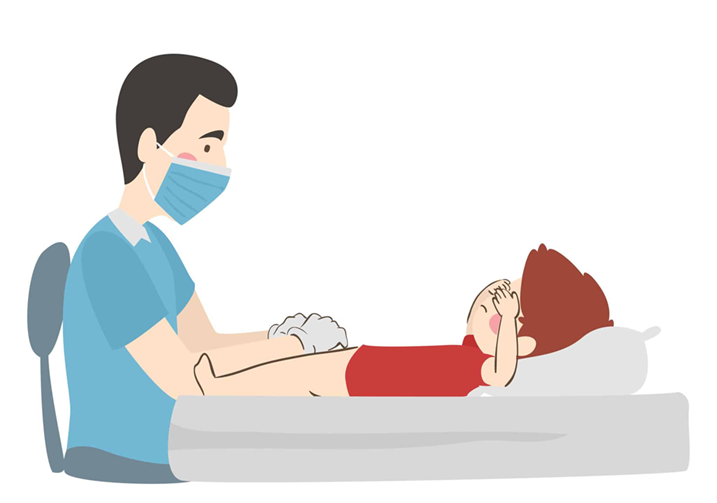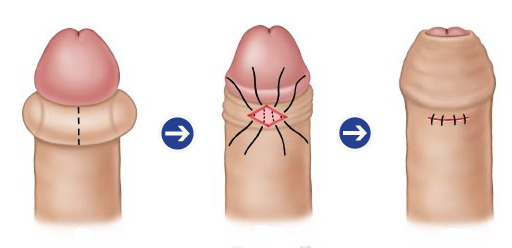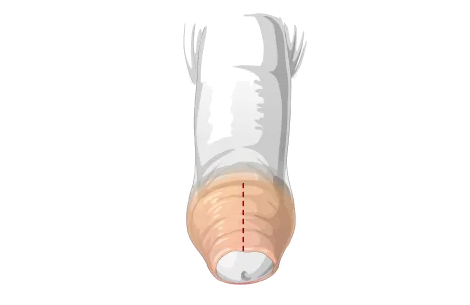Is circumcision necessary?
Circumcision is a surgery that involves removing the foreskin that covers the tip of the male genitalia.
The overall average circumcision rate in our country is about 60%, which is significantly higher compared to international cases. Furthermore, the frequency of circumcision is gradually increasing, with about 90% of individuals under the age of 18 undergoing the procedure.
Circumcision is not absolutely necessary, but it helps reduce odor, making hygiene management of the genitalia easier. It also aids in the prevention of various diseases such as sexually transmitted infections and urinary tract infections, and affects the sensitivity of the genitalia, which contributes to smoother sexual intercourse.

Types of circumcision
There are several methods of circumcision, and each surgical technique may vary depending on the patient's condition and the purpose of the surgery. The typical circumcision methods are as follows:
What is paraphimosis?
Paraphimosis is an emergency situation where the foreskin is retracted behind the glans and cannot return to its original position, causing severe pain by compressing the penis. If not treated immediately, the swelling of the foreskin can block blood flow to the tip of the penis.
The main causes of paraphimosis are as follows.
- 1
It can occur when the foreskin is excessively retracted during sexual intercourse or masturbation.
- 2If the foreskin is tight and it is forcibly retracted to expose the glans, it will not return to its original position.
- 3If there is inflammation or a wound under the foreskin, it may not return to its original position.

Tips for circumcision
Studies have shown that circumcision can significantly reduce the risk of sexually transmitted infections. The risk of genital herpes infection is reduced by 25%, the risk of human papillomavirus (HPV) infection by 35%, and the risk of HIV infection by approximately 65%.







